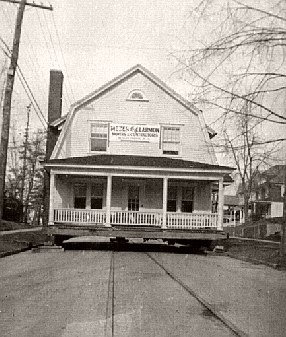
Some interesting moving projects that we did in the past. (Continued.)

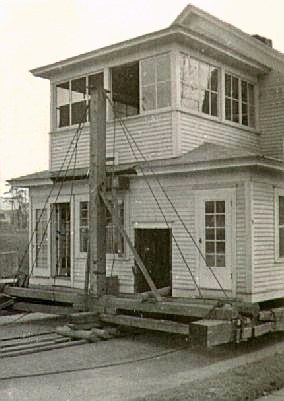
This house was moved from the site of the Fort Edward High School. It is now located across the road, on top of the hill.
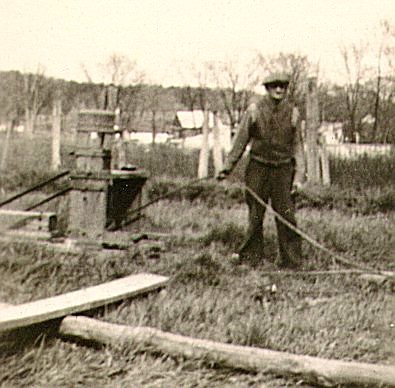
We did have gasoline powered trucks at the time, but a horse could step over the cable a whole lot better than a truck could. These trucks weren't powerful enough to provide the needed power. A few years later, we acquired gear-driven winches that were powered by the engine on a truck.
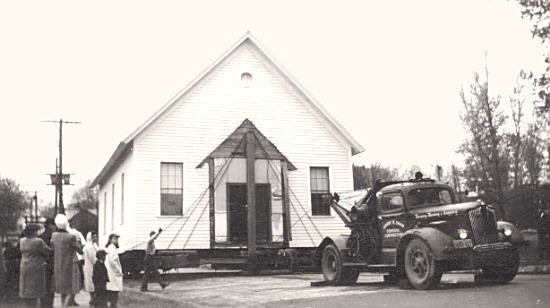
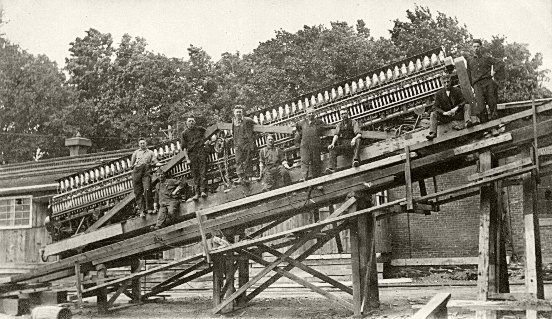
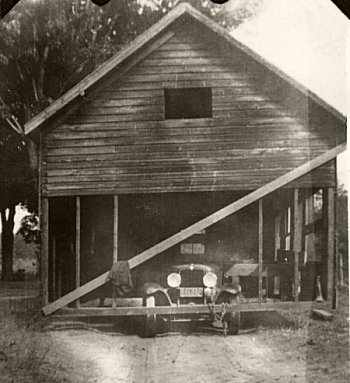
Background image of equalizing hitch, used to couple between the capstan and the building being moved, courtesy of the House Movers Supply Company catalog, circa 1912.
Back to our Picture Gallery.